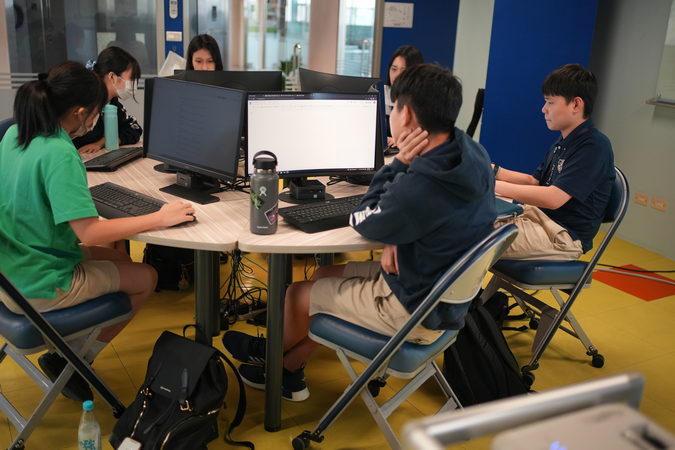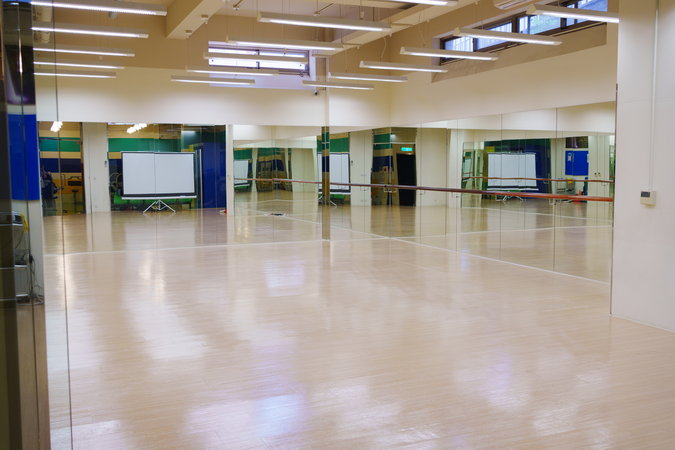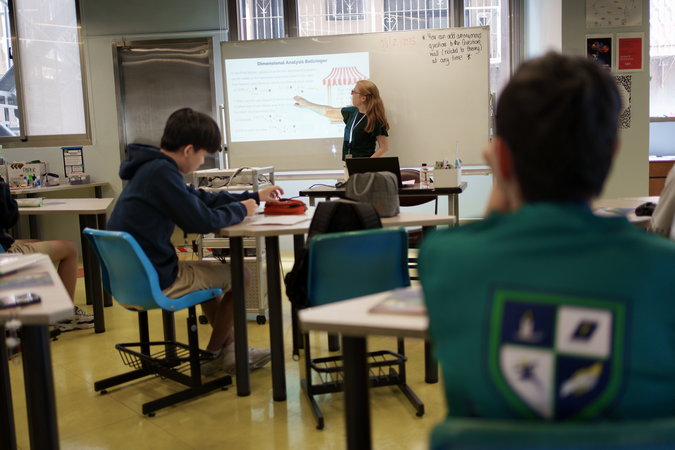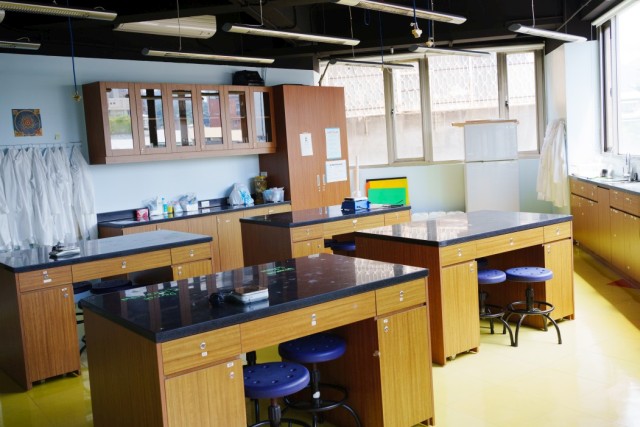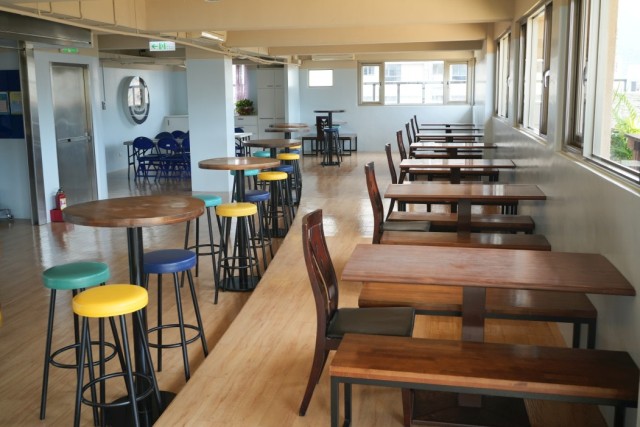Facilities
Design Advantages For Learning
Below are just SOME of the design elements that support student learning, social and emotional well being.
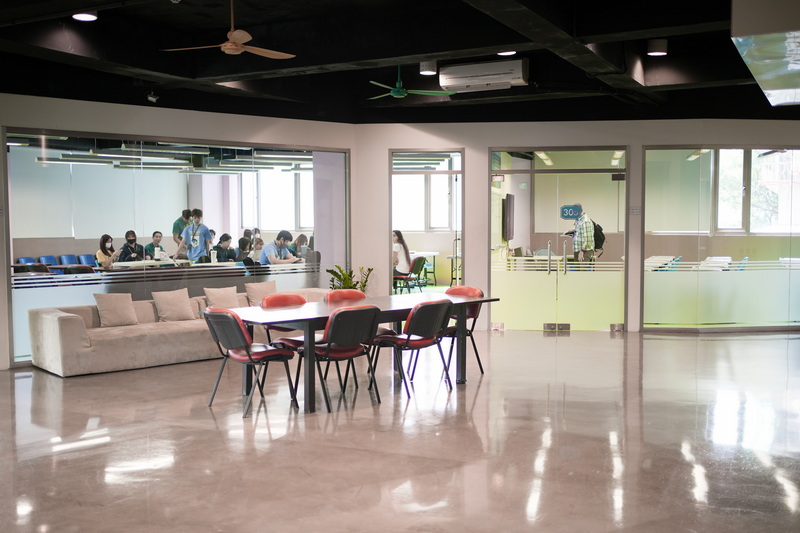
Open Colorful Spaces
“Access to green space is associated with improved mental well-being, overall health and cognitive development of children. It promotes attention restoration, memory, competence, supportive social groups, self-discipline, moderates stress, improves behaviors and symptoms of ADHD and is even associated with higher standardized test scores.”
-Rachel McCormick
MSN, Journal of Pediatric Nursing, September 4, 2017
Color / Green Space
“Color does indeed have an impact on student behavior, academic performance, and feelings of well-being”.
Large Visual Fields
“Students need a safe-space which feels open, clean and bright to enhance productivity; yet still retains the acoustic qualities of an enclosed classroom…”
Natural Light
“Students randomly assigned to classrooms with views of nature perform better on concentration tests than those assigned to purely “built” views or windowless classrooms”
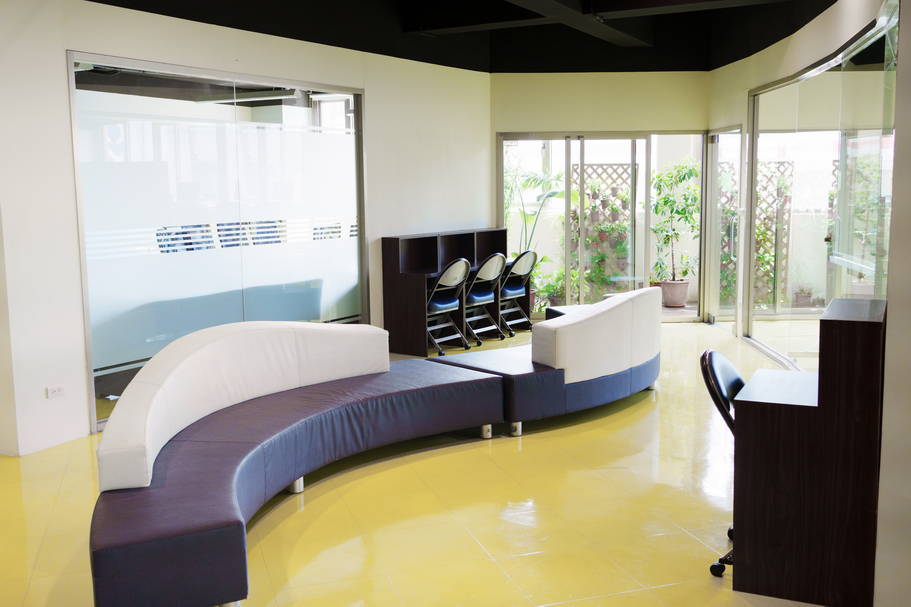
Study Space
Fitness Area
Meeting Space
Common Areas
Primacy gathering spaces allow class discussions to spill into after-class conversations. Furniture is inviting with a mixture of soft and hard seating arrangements.
Study Spaces
Primacy study spaces are of mixed sizes, shapes and colors to keep each mind active and to create comfortable space that allows movement and adjustable room setup.
Fitness Area
“Exercise can help all students improve in school by not only helping the brain get ready to learn but also making the brain retain information easier. “

